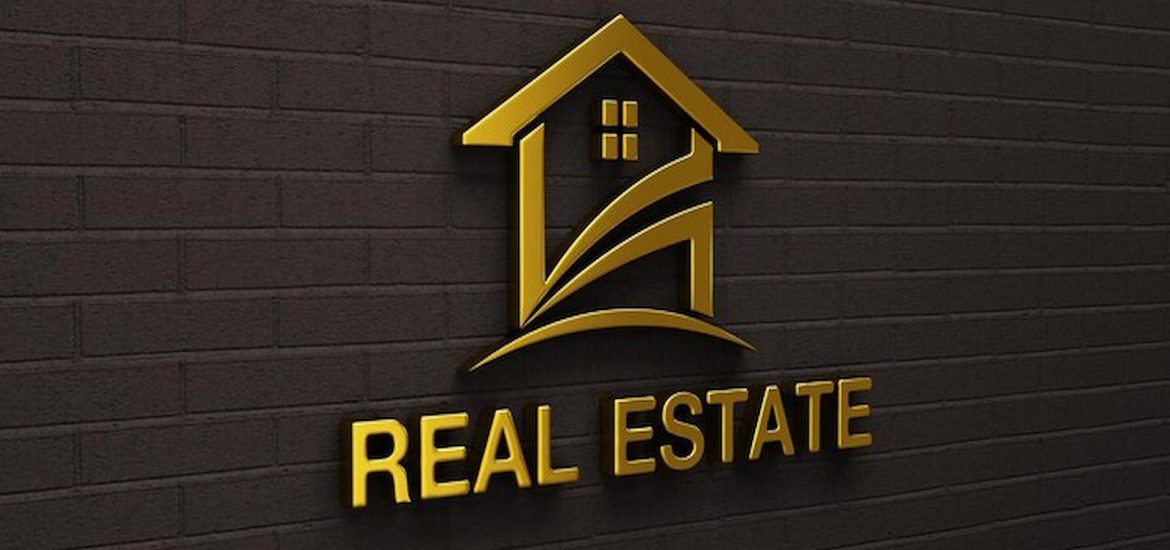Your home’s first impression starts at the curb. Select the ideal residential signage to reflect your style, enhance curb appeal, and provide functionality.
Residential signage is more than just a decorative element; it’s a vital feature of your home’s exterior. From showcasing your house number to expressing your style, a well-chosen sign blends aesthetics with practicality. However, with numerous options available, choosing the perfect sign can be overwhelming. This guide will simplify the process by exploring key factors and options.
Whether you’re looking to improve your home’s curb appeal or make your property easier to locate, selecting the proper residential signage is crucial. Here’s everything you need to know.
Understand the Purpose of Residential Signage
Before diving into materials and designs, ask yourself why you need a sign.
- House Identification: A clear, visible sign ensures visitors, deliveries, or emergency services easily find your home.
- Curb Appeal: The proper signage adds charm and character to your property, creating a positive first impression.
- Security: Some residential signs, such as “No Trespassing” or surveillance signs, enhance safety.
- Personalisation: Customized signs reflect your unique personality or family identity.
By defining the purpose, you can narrow your choices and ensure the sign aligns with your goals.
Consider the Design Elements
Design is the heart of effective residential signage. Pay attention to the following factors:
- Font Style and Size: Choose fonts that can be easily read from a distance. For example, serif fonts add elegance, while sans-serif fonts provide modern simplicity.
- Colour Palette: Choose colours that contrast with the background for better visibility. Classic black-on-white or gold-on-black combinations often work well.
- Shape and Size: Ensure the sign is proportionate to your property. Oversized signs may look overwhelming, while small ones can go unnoticed.
Pro Tip: Use online design tools to visualise your preferred combination of font, colour, and size before purchasing.
Select the Right Material for Durability
The material you choose will determine the sign’s lifespan and maintenance needs. Here are the most popular options:
Wood
- Pros: Timeless, rustic charm; customisable.
- Cons: Requires sealing to prevent weather damage.
- Best For: Traditional and countryside homes.
Metal (Aluminum, Brass, or Steel)
- Pros: Durable, weather-resistant, low maintenance.
- Cons: It can be expensive for premium finishes.
- Best For: Modern and minimalist designs.
Acrylic or Plastic
- Pros: Lightweight, affordable, versatile.
- Cons: Less durable than metal or wood.
- Best For: Temporary or decorative signs.
Statistics You Should Know: Aluminum signs last up to 10 years with minimal upkeep, making them a popular choice for homeowners.
Placement: Where Should You Install It?
Location plays a significant role in how effective your signage will be. Common placements include:
- At the Entrance Gate: A well-placed sign near the driveway enhances visibility for visitors and deliveries.
- On the Mailbox: Ideal for house numbers or family name signs.
- Front Porch or Wall: Great for decorative signs that add charm.
- Garden or Yard: Freestanding signs can direct guests to areas like patios or pools.
When installing, ensure the sign is
- Well-lit: Use solar lights or spotlights for nighttime visibility.
- Weather-Protected: Avoid placing signs in direct exposure to harsh elements.
Customisation Options for a Personal Touch
Nothing makes your residential signage stand out like custom designs. Options include:
- Engraved Text: Perfect for a polished and professional look.
- Family Names or Initials: Showcase your family pride with a personalised sign.
- Themed Designs: Add motifs like floral patterns, animals, or seasonal elements to match your home’s vibe.
- Coordinates or Quotes: Make it unique by including your location’s coordinates or an inspiring quote.
Example: A wooden sign engraved with “The Smiths, Est. 2005” adds a warm, welcoming feel to any home.
Regulations and Community Guidelines
Before finalising your choice, ensure your sign complies with local regulations or homeowner association (HOA) rules. Key points to consider:
- Size Restrictions: Some communities limit the dimensions of residential signs.
- Lighting Permissions: Check if external lighting for signs is allowed.
- Content Rules: Certain neighbourhoods may prohibit commercial or overly personalised messages.
Failure to follow guidelines can result in penalties or removal requests, so always double-check before installation.
Maintenance Tips to Prolong Lifespan
Your residential signage needs proper care to remain functional and appealing. Follow these maintenance tips:
- Clean Regularly: Use mild soap and water to remove dirt and debris. Avoid abrasive cleaners.
- Protect Against Weather: Apply weatherproof coatings for wooden or painted signs.
- Inspect Mounting: Ensure screws, hooks, or brackets are secure to prevent damage.
- Repaint or Reseal: Touch up faded paint or reseal wooden signs every two years.
Maintaining your sign can extend its life and preserve its charm.
Conclusion
Choosing the proper residential signage requires balancing functionality, design, and durability. A well-chosen sign doesn’t just guide visitors or add beauty to your home—it reflects your personality and enhances your property’s overall aesthetic.
Whether you prioritise style, visibility, or customisation, the perfect sign is an investment worth making. Take the time to explore options, consider your needs, and ensure your choice aligns with local regulations. By following this guide, you’ll create an eye-catching and practical sign.
